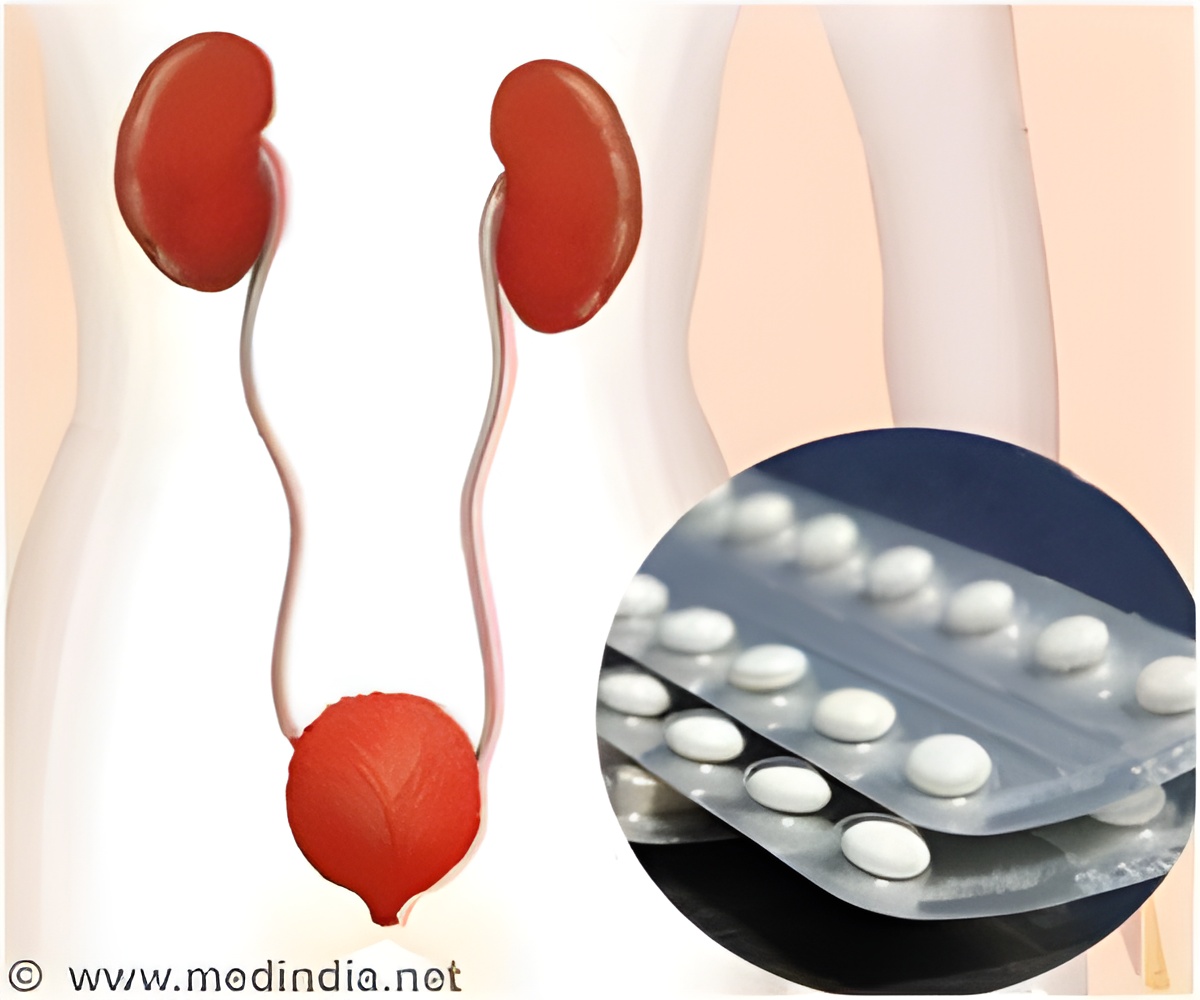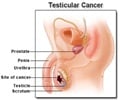Maintenance treatment of retroperitoneal fibrosis with steroids is a better option than treatment with tamoxifen as the symptoms & recurrence is reduced.

Although retroperitoneal fibrosis is associated with aortic vascular disease, regional malignancy, or even primary immune-inflammatory syndromes (eg, systemic lupus erythematosus, vasculitis, auto-immune pancreatitis), its origin is usually idiopathic or of unknown cause, with speculations indicating an immune origin.
Chronic inflammatory pathological changes are seen with RPF but no specific markers have thus far been identified. Latest technology involving cross-sectional CT imaging has helped in diagnosing RF, understanding the evolution of the disease and its treatment.
Treatment of RPF- Initial treatment for RPF usually focuses on specific complications, such as ureteral obstruction. The anti-inflammatory effects of corticosteroids have been very effective in controlling inflammation during RPF.
Corticosteroids also help to relieve abdominal and back pain besides helping to normalize the level of hemoglobin. But it has been generally agreed that in the case of idiopathic RPF, prolonged treatment with corticosteroids, for months or even years, is necessary to control the symptoms and prevent progression.
The general belief that RPF could have an immunologic origin has prompted clinicians to treat the disease with immune-modulating drugs (eg, cyclophosphamide, methotrexate, azathioprine, mycophenolate), tamoxifen, and also colchicine, in place of or as a complementary treatment. But they have not proved to be completely successful.
Recent Research - In a recent well organized study, a total of 76 patients with idiopathic retroperitoneal fibrosis were randomly assigned, to two groups for maintenance treatment for RPF –one was treated with tamoxifen and another with a tapering schedule of corticosteroids.
Relapse occurred in 39% of patients administered tamoxifen while only 6% suffered a relapse in the corticosteroid group after 8 months.
The study helped to arrive at the following inferences -
• Second, treatment is needed for a minimum of 1 year.
• Third, control with corticosteroid treatment is shown in the form of reduction in the symptoms of retroperitoneal fibrosis, reduction in RPF as shown by imaging studies and normalization of acute phase markers (sedimentation rate and C-reactive protein).
• Fourth, disease recurrence is common and requires long-term monitoring.
• Finally, corticosteroids are far better than tamoxifen for maintenance therapy
Reference:
Retroperitoneal fibrosis: "gaining traction on an enigma"
Richard Swartz & Paul Scheel
The Lancet, Volume 378, Issue 9788, Pages 294 - 296, 23 July 2011.
Source-Medindia















